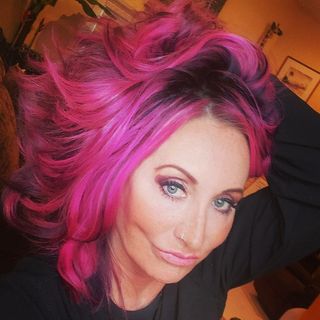
Mold: Something to Watch For
During COVID it was no secret that the housing market exploded quickly. Homes were being sold for more money than what the sellers were asking for. The most mind boggling was that often they were being bought sight unseen. One things that many of these buyers are finding is that not was all that it seemed in the realtors photos. One thing that they may be finding once taking occupancy in the home is that of mold. We aren’t talking about an old loaf of bread found forgotten in a cupboard. The mold we are talking about can really damage a home, and even more important to note, it can have negative health consequences on the occupants.
MOLD- Where to Look
There are all kinds of health concerns in the home, some are easy to deal with, some are not so simple. One of the more controversial health hazards in the home is the presence of mold. Mold is a naturally occurring fungus that requires a dark, damp atmosphere in which to grow. Mold grows on organic materials such as wood. This means that there are quite a few spots in your home that mold could likely grow on.
Now, if your home is watertight, as it should be, then mold will not be a huge concern. The presence of mold is usually an indication that there is a leak of some kind, somewhere in the home. Ideal places for mold to grow are in the attic and in the basement.
Another place that mold can find a foothold is in appliances such an indoor vented dryers or humidifiers. What you should look for is locations in your home that are moist on a regular basis. Mold is most likely to aggravate those who are allergy-prone or those with compromised immune system. The presence of Mold brings a host of allergy-like symptoms like itchy eyes, congestion, runny nose and sneezing. People who have existing respiratory conditions will likely to be sensitive to the growth of mold.
Take Caution After Flooding
The real concern with mold is that it can easily take hold in a home after a flood. This is why it is critical to ensure that your home is dried properly if a flood does happen. A lot of the time, mold can grow in little corners and in areas that never get looked at and by the time it is noticed, its out of control.
In cleaning up after a flood, there are some simple things to remember if you want to ensure that mold does not develop. Keep the temperature and humidity low. Mold thrives in a warmer moister atmosphere. If you find any objects or items that have mold on them, its a good idea to simply throw them away. If you cannot throw them away, freezing them will kill all the active mold spores. After this simply make sure the area is bone dry, if you keep the area dry, chances are that mold will not develop.
If you are a homeowner who has taken ownership of a home with mold, or even of you have had your home and mold is a new issue, it is something that can be fixed if taken care of immediately. The longer you let the problem linger, the more in danger your health is and the more at risk you are to owning an inhabitable home.


